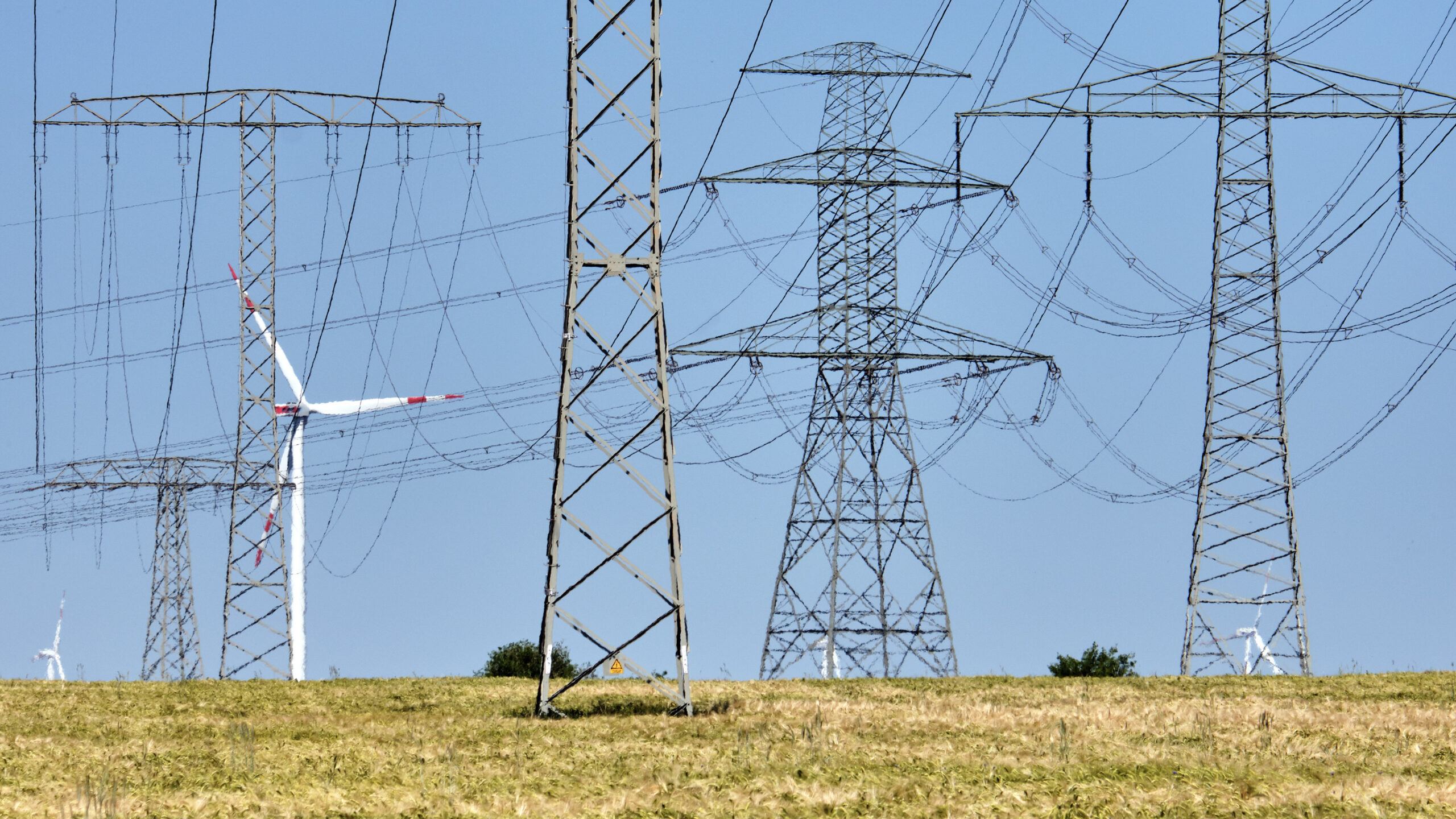
EU’s RRF fund helps boost green energy and increase economic resilience

The EU’s Recovery and Resilience Facility has offered support ‘like never before’ for energy efficiency and renewable energy projects
Established in February 2021, the EU Recovery and Resilience Facility has provided €723bn for reforms and investments made since the start of the coronavirus pandemic in February 2020, and will run until the end of 2026. EU member states must submit national recovery and resilience plans that allocate at least 37 per cent of their budgets to green initiatives in order to secure support from the facility.
The European Commission said in a February 21 update that the facility had helped consumers save more than 28mn megawatt hours in energy consumption, while nearly €225bn in RRF funds had been distributed to member states. “We have seen funding for energy efficiency, renewable energy and digitalisation projects like never before,” commission president Ursula von der Leyen said in a statement.
Last week, the EU executive approved a €4bn German scheme, made available in part through the RRF, aimed at helping companies subject to the EU Emissions Trading System, such as those in the chemistry, metal, glass or paper sectors, decarbonise their industrial production processes. Support under the agreement will be given through two-way carbon contracts for difference, which compensate companies for the additional costs of switching to cleaner production procedures.
The facility may have also helped narrow the gap in economic resilience between EU member states, according to a report by the non-profit Zoe Institute for Future-fit Economies.
Despite multiple crises faced by the union in recent years, including Covid-19, Russia’s invasion of Ukraine, and volatile energy prices, the EU’s economic resilience has remained stable, the report says. Its analysis shows that Latvia, Hungary and Italy experienced the biggest improvements in their economic resilience, while France and Poland suffered the most significant declines.
The facility was “a possible driver of this convergence”, the report says. “A potential general explanation for such a trend could be a declining marginal return of economic resilience policies. The more economically resilient an economy is, the more challenging it becomes to build economic resilience,” it adds.
You can find the full report here.
Similar Articles

Critical mineral mining investment must reach $800bn by 2040 to hold warming at 1.5C, says IEA

UK government may lack data to monitor biodiversity net gain policy, warns watchdog


